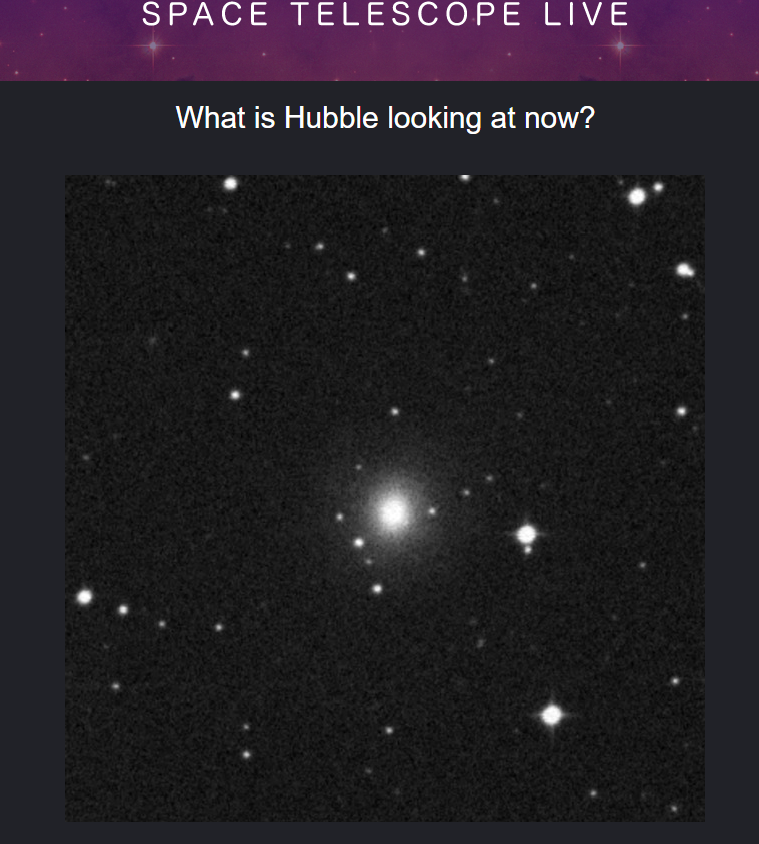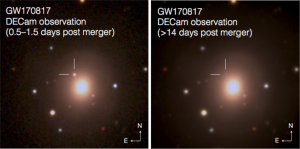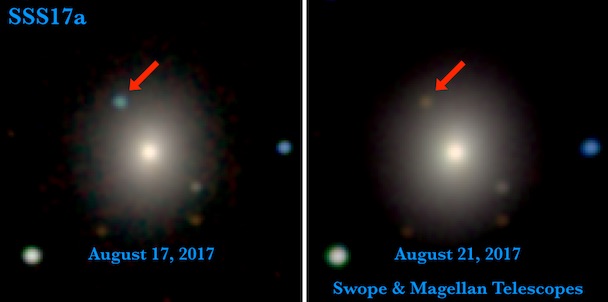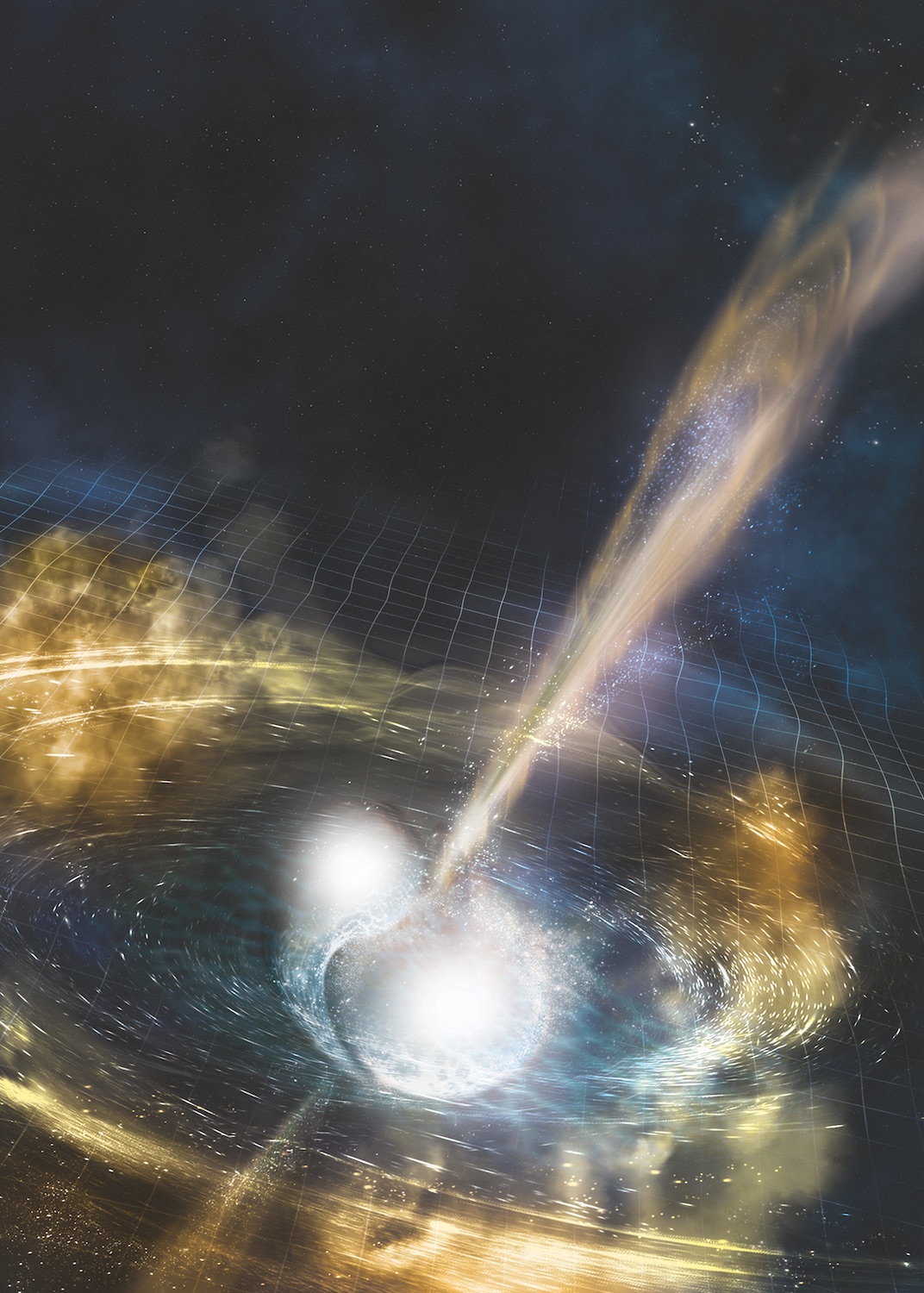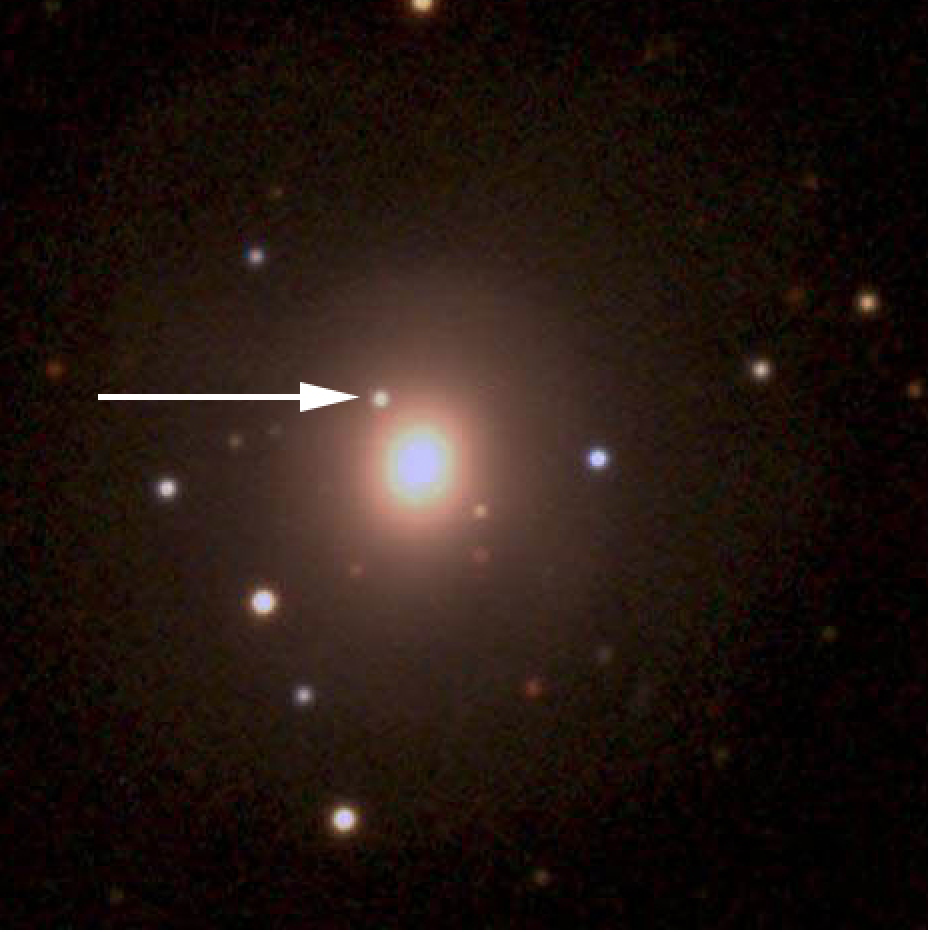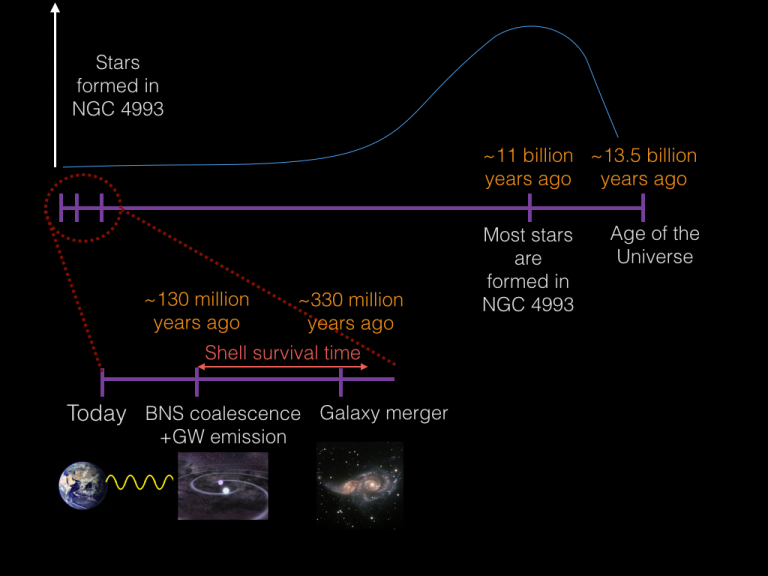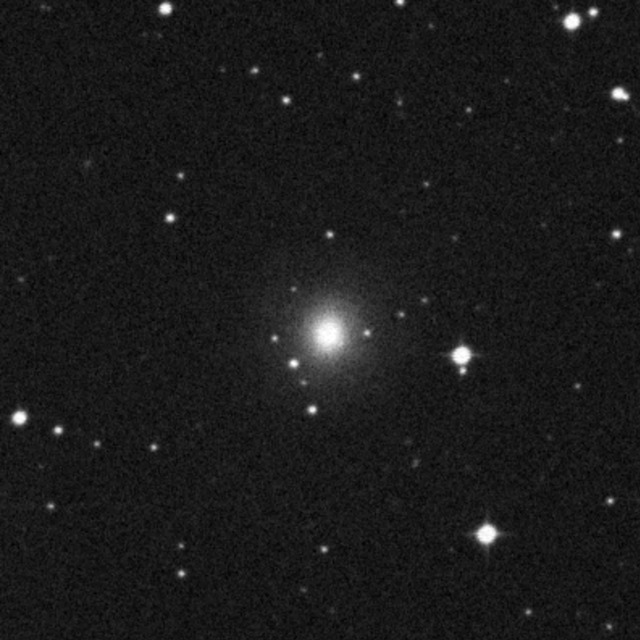
Beyond Black Holes: Could LIGO Have Detected Merging Neutron Stars For The First Time? (Synopsis) | ScienceBlogs
We are the LIGO Scientific Collaboration, the Virgo Collaboration, and partners from 70 other observatories. We have made the first joint detection in gravitational and electromagnetic channels from a binary neutron star

Image of the NGC 4993 galaxy The image was obtained with the X-shooter... | Download Scientific Diagram
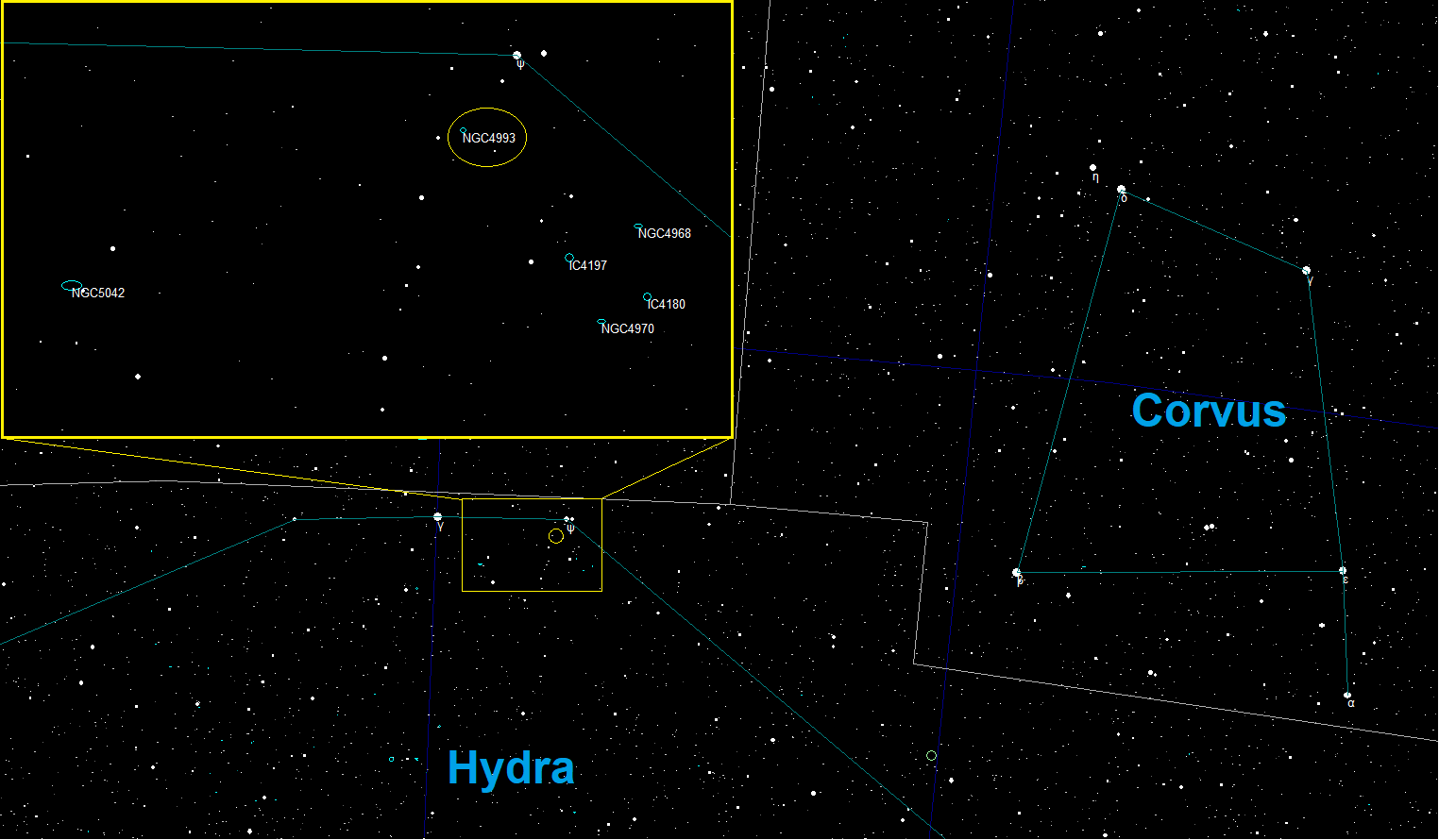
News | LIGO Celebrates One-Year Anniversary of Historic Binary Neutron Star Merger Detection | LIGO Lab | Caltech
Rattle and Shine: Joint Detection of Gravitational Waves and Light from the Binary Neutron Star Merger GW170817

Spatial power spectrum of the residual image of NGC 4993, with dust... | Download Scientific Diagram

Pseudo-color images of SSS17a in the galaxy NGC 4993. Images are 1 × 1... | Download Scientific Diagram
![PDF] The Distance to NGC 4993: The Host Galaxy of the Gravitational-wave Event GW170817 | Semantic Scholar PDF] The Distance to NGC 4993: The Host Galaxy of the Gravitational-wave Event GW170817 | Semantic Scholar](https://d3i71xaburhd42.cloudfront.net/165dd2cdb336e0e2412b6deb0b524904e7647f7d/3-Figure1-1.png)
PDF] The Distance to NGC 4993: The Host Galaxy of the Gravitational-wave Event GW170817 | Semantic Scholar

